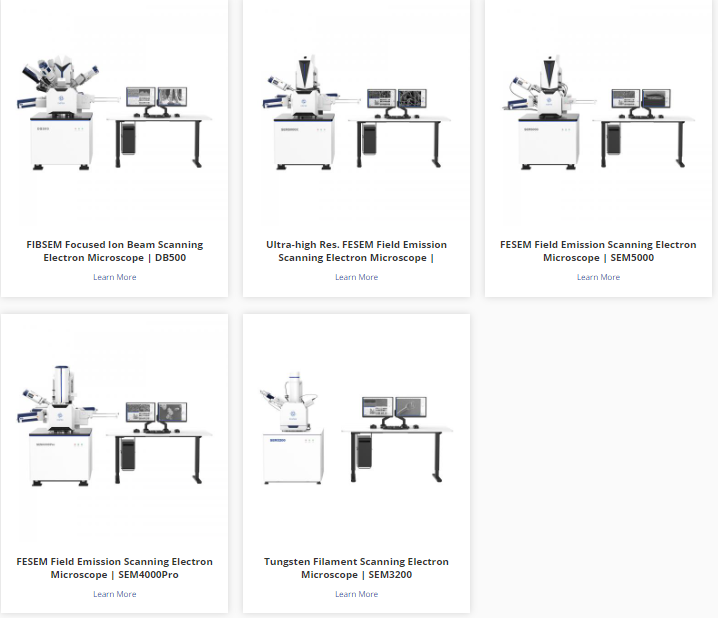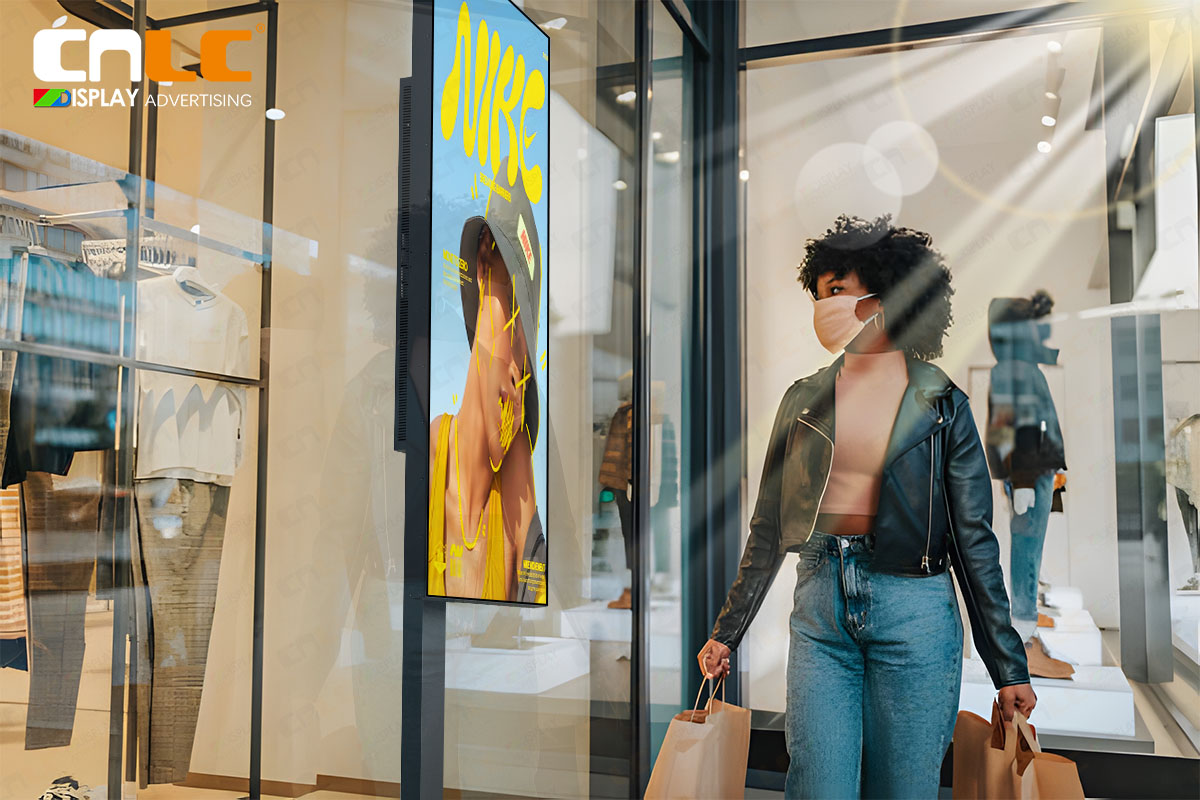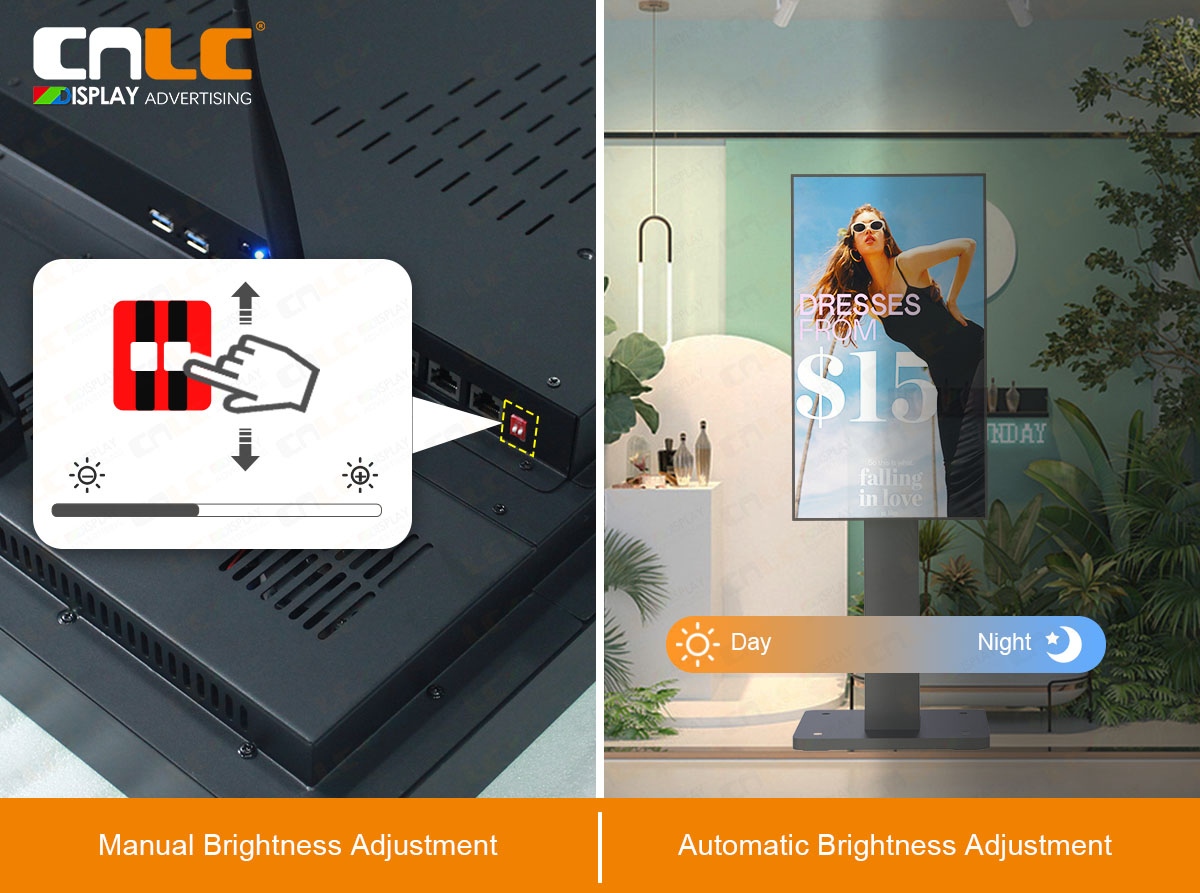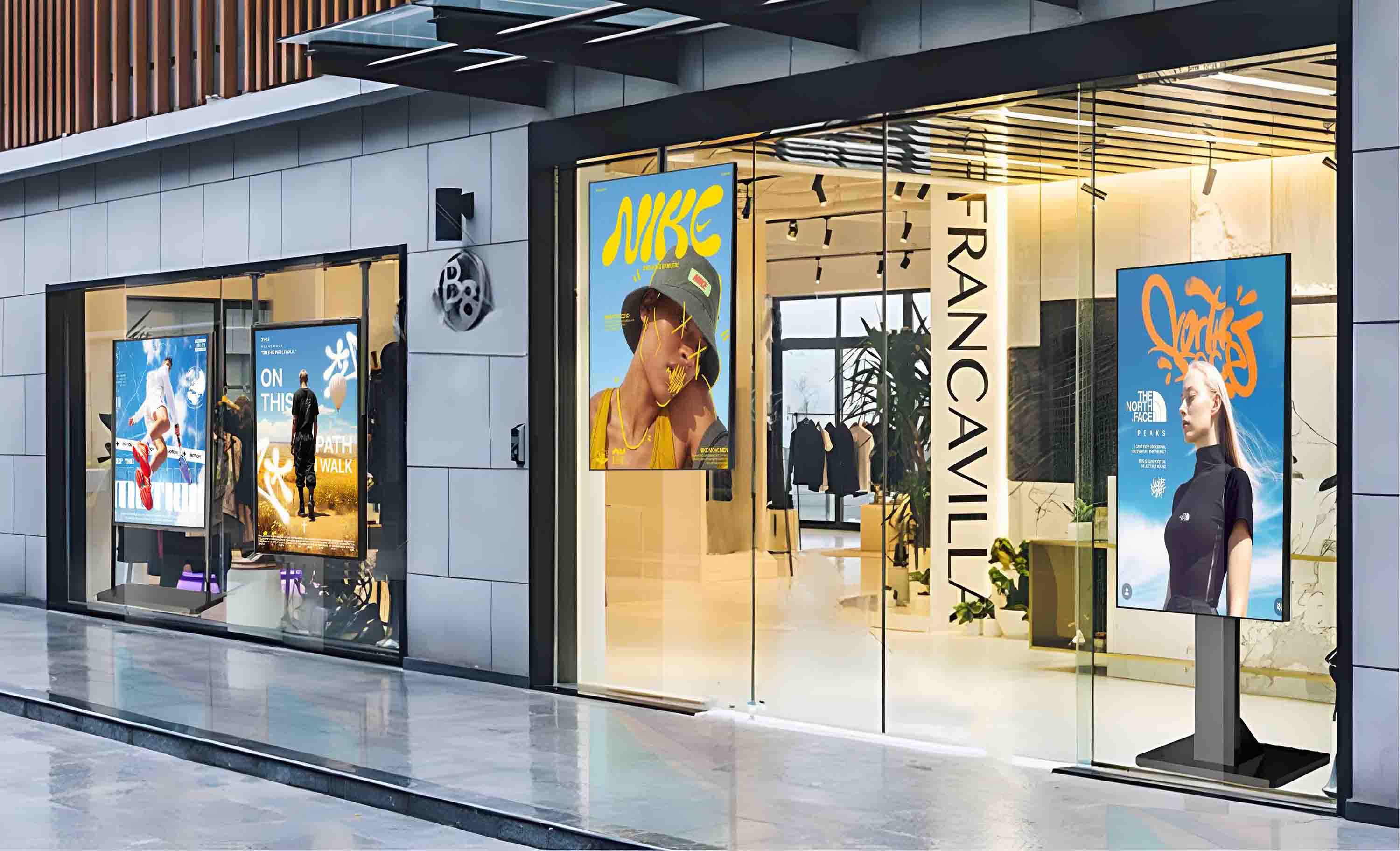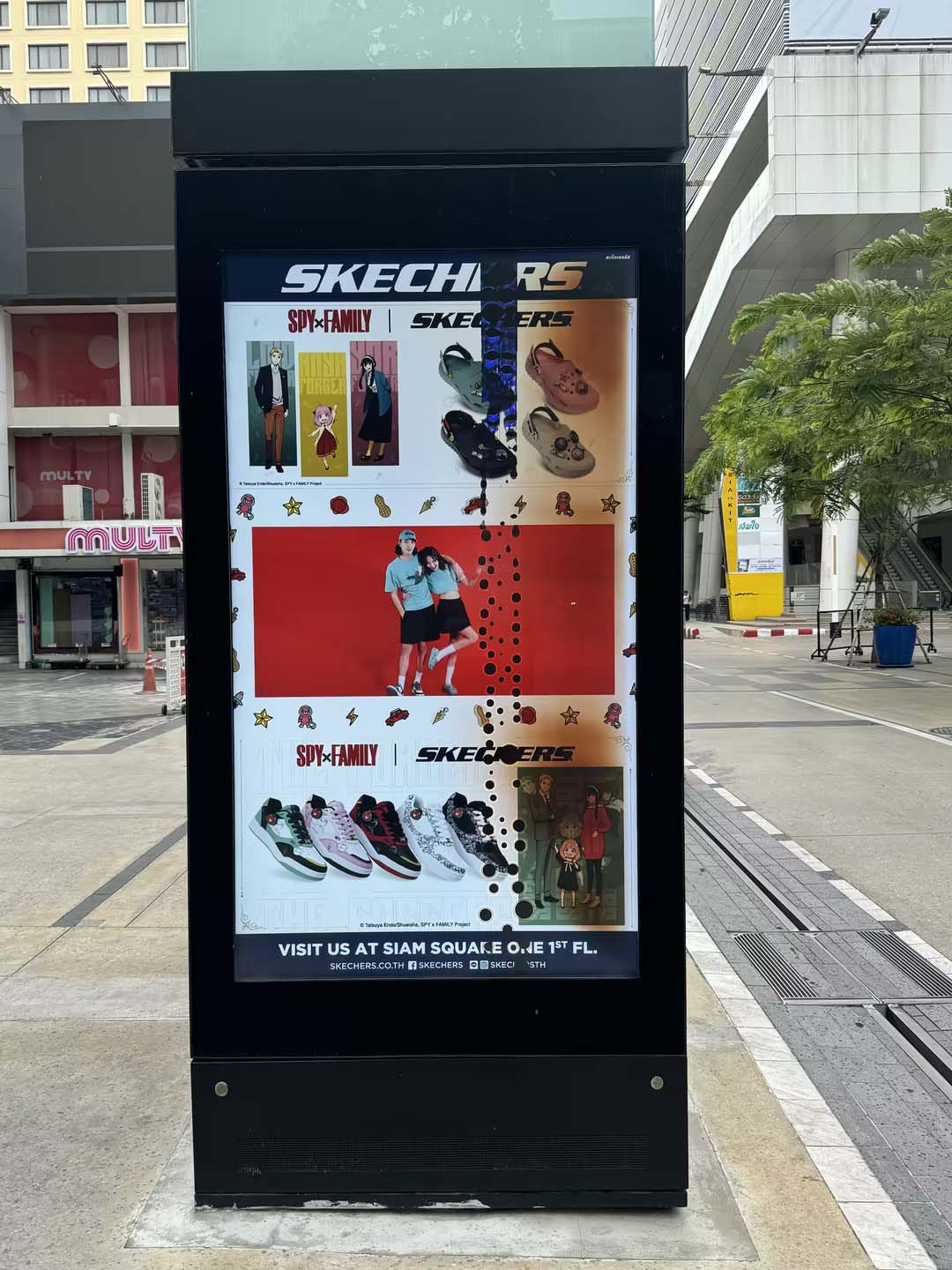In the fields of information display and advertising, LCD Digital Signage is widely used due to its excellent display performance and versatility. Choosing the right LCD Digital Signage not only affects visual quality but also impacts long-term reliability. This article will provide a detailed analysis of key technical parameters of LCD Digital Signage, including LCD panel brands, brightness, contrast ratio, orientation, intelligent temperature control systems, casing materials, IP rating, and operating temperature, to help you make an informed purchasing decision.
1. Understanding Technical Parameters
Understanding the following technical parameters is crucial for selecting the right LCD Digital Signage:
LCD Panel Brand: The brand of the LCD panel directly influences the performance and quality of the display. Reputable brands such as LG, Samsung, and AUO typically offer higher image quality, stability, and longer lifespan. Choosing a reliable brand ensures superior display performance and durability.
Brightness: Brightness determines the visibility of the display under various lighting conditions. Common brightness ranges are 300-600 cd/m² for indoor use, while outdoor environments require high-brightness displays of 2500 cd/m² or more to ensure clear visibility.
Contrast Ratio: The contrast ratio affects the image quality and color representation of the display. High contrast ratios (e.g., 1200:1 or higher) provide more vivid colors and deeper blacks, enhancing visual effects and detail display.
Orientation: The orientation of the display (horizontal or vertical) depends on the application requirements. Horizontal displays are suitable for billboards and mall displays, while vertical displays are ideal for kiosks and metro stations. Choose the appropriate orientation to meet the specific needs of your application.
Intelligent Temperature Control System: An intelligent temperature control system can monitor and adjust the display's operating temperature in real-time to prevent overheating. This system typically includes built-in fans, heat sinks, or temperature sensors, ensuring the device remains at a normal temperature during prolonged use, thus extending its lifespan.
Casing Materials: The casing material of the display affects its durability and protection. Common casing materials include aluminum alloy and steel, with aluminum alloy casings being popular for their lightweight and excellent heat dissipation. Choose sturdy and durable casing materials to protect the display from external damage.
IP Rating: The IP rating indicates the protection level of the display. An IP56 rating means the display is completely dust-proof and water-resistant, making it suitable for outdoor environments. Choosing a high IP rating ensures the device can operate normally under various weather conditions, reducing the occurrence of malfunctions.
Operating Temperature: The operating temperature range of the LCD display determines its adaptability to different environments. Common operating temperature ranges are -10°C to 50°C. Ensure that the chosen display can operate stably within the expected environmental temperature.
2. Application Scenarios
Different application scenarios have varying requirements for LCD displays:
Advertising and Retail Display: High-resolution and high-brightness LCD displays can effectively attract customers' attention, displaying advertisements and promotional information. Suitable for malls, exhibitions, and retail stores.
Public Information Display: In locations such as stations, airports, and public squares, LCD displays need to have good visibility and durability to ensure clear information transmission and long-term stable operation.
3. Purchasing Tips
Consider the following aspects when purchasing an LCD display:
Supplier Reputation: Choose suppliers with a good reputation to ensure product quality and after-sales service. Reviewing supplier customer feedback and project cases can help evaluate their reliability.
Quality Certifications: Ensure the purchased LCD displays meet international quality standards, such as CE and RoHS. These certifications guarantee product performance and safety.
After-Sales Service: Confirm whether the supplier offers comprehensive after-sales services, including warranty, technical support, and repair services. Good after-sales service can help resolve issues during usage.
Cost-Effectiveness: When choosing an LCD display, look for cost-effective products within your budget. Consider the balance between price and performance to ensure the best return on investment.
4. Case Study
Guangzhou FlowerCity Square LCD Display Project: Recently, we installed 200 outdoor 49-inch LCD displays at Guangzhou FlowerCity Square. The success of this project lies in choosing high-brightness and high-resolution displays, ensuring clear content visibility under various lighting conditions. Customer feedback indicates that these displays have excelled in advertising and public information display, significantly enhancing visual effects and audience experience.
For more details about this project, visit our website https://www.cnlcdisplay.com
Conclusion:
Selecting the right LCD display requires comprehensive consideration of technical parameters, application scenarios, and purchasing tips. We hope this guide helps you make informed decisions during the purchasing process. If you need more information or consulting services, feel free to contact us, and we will provide professional support.

